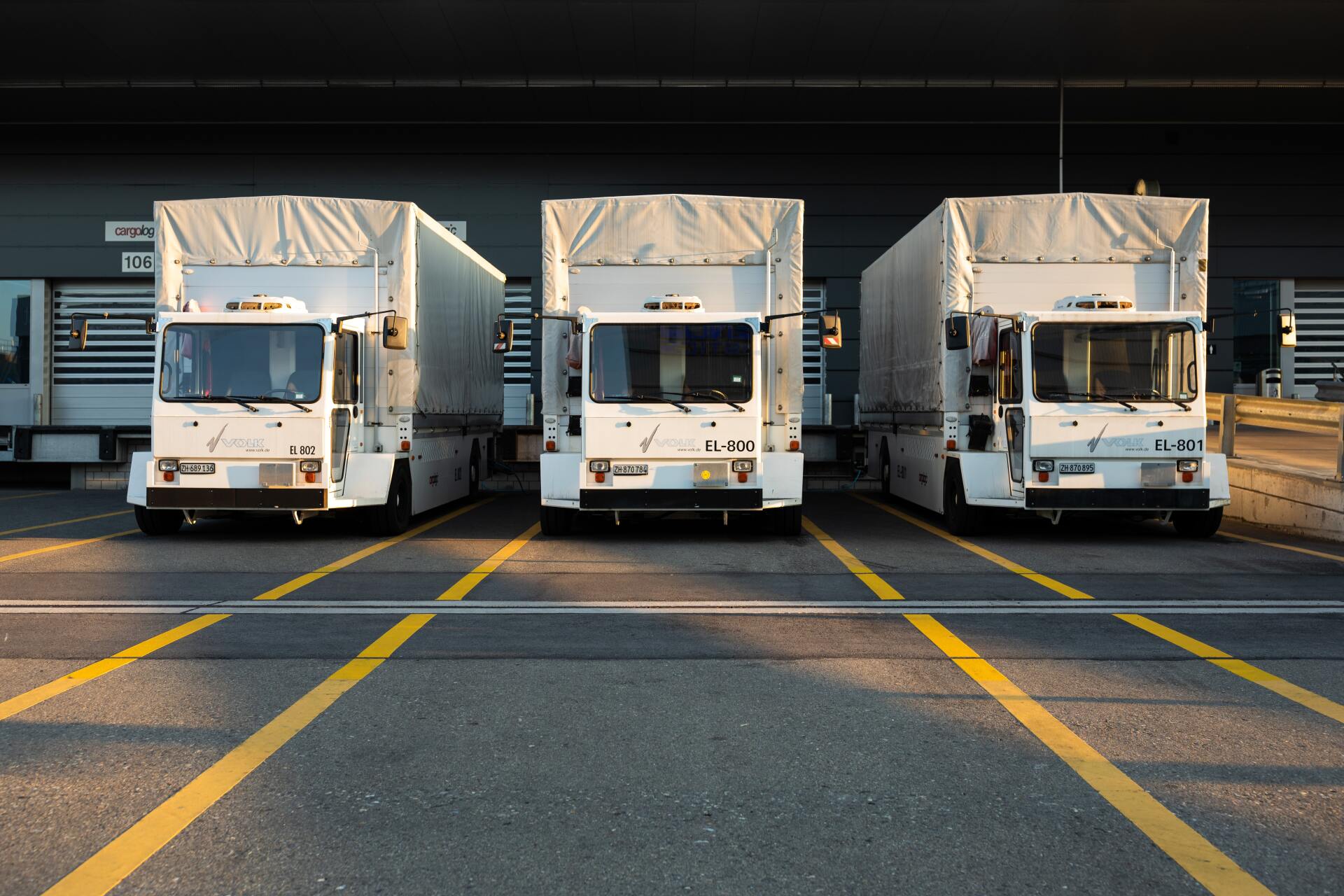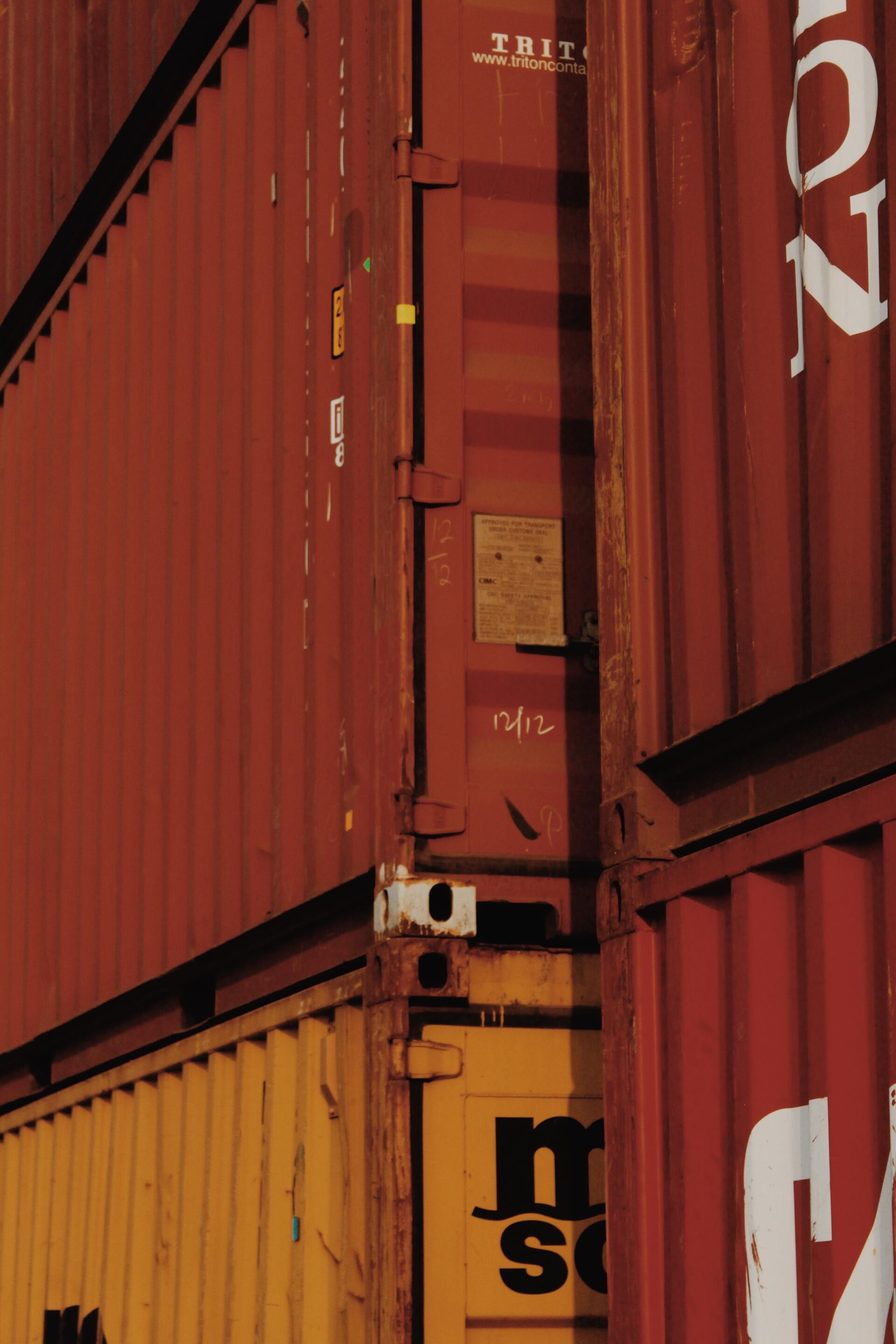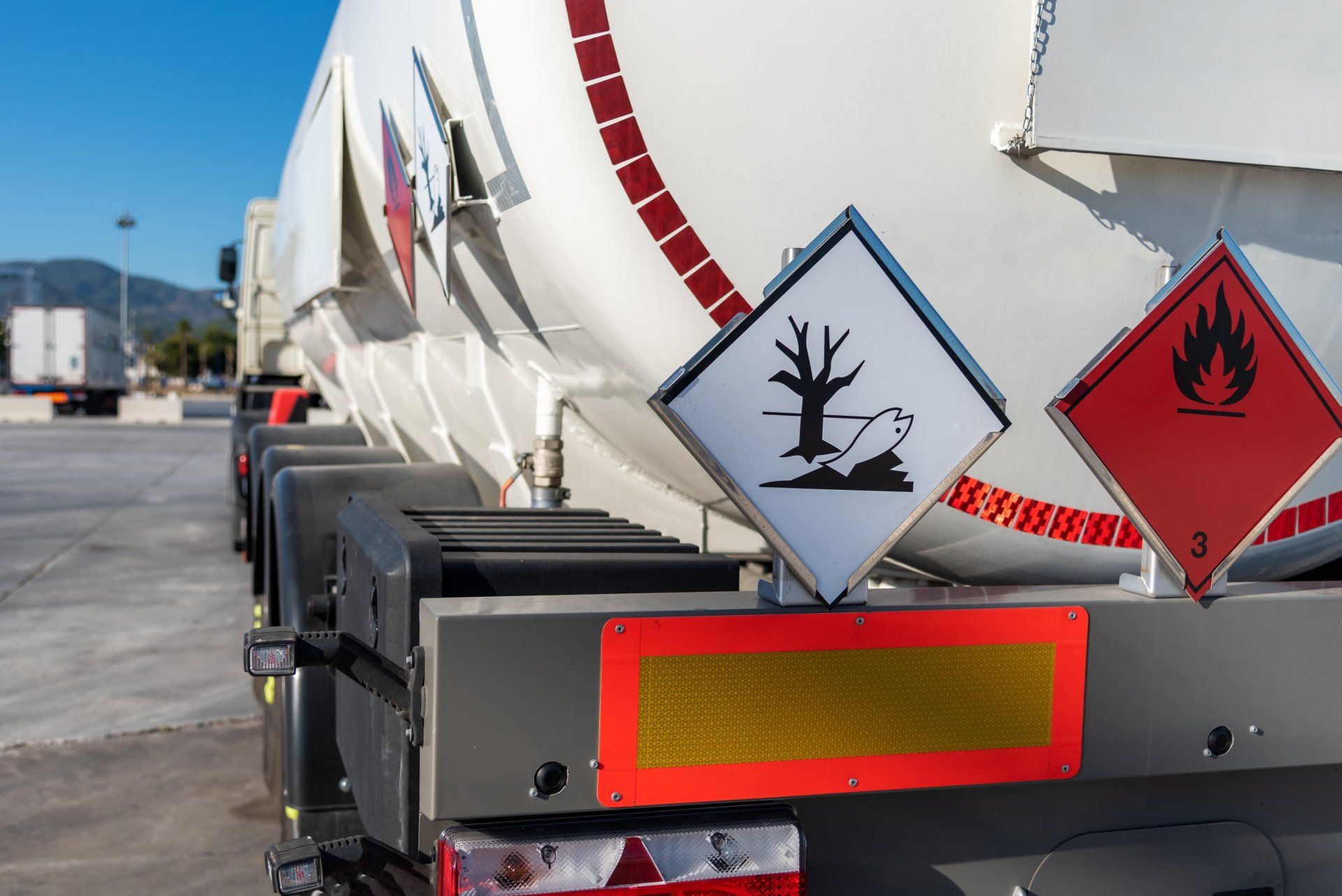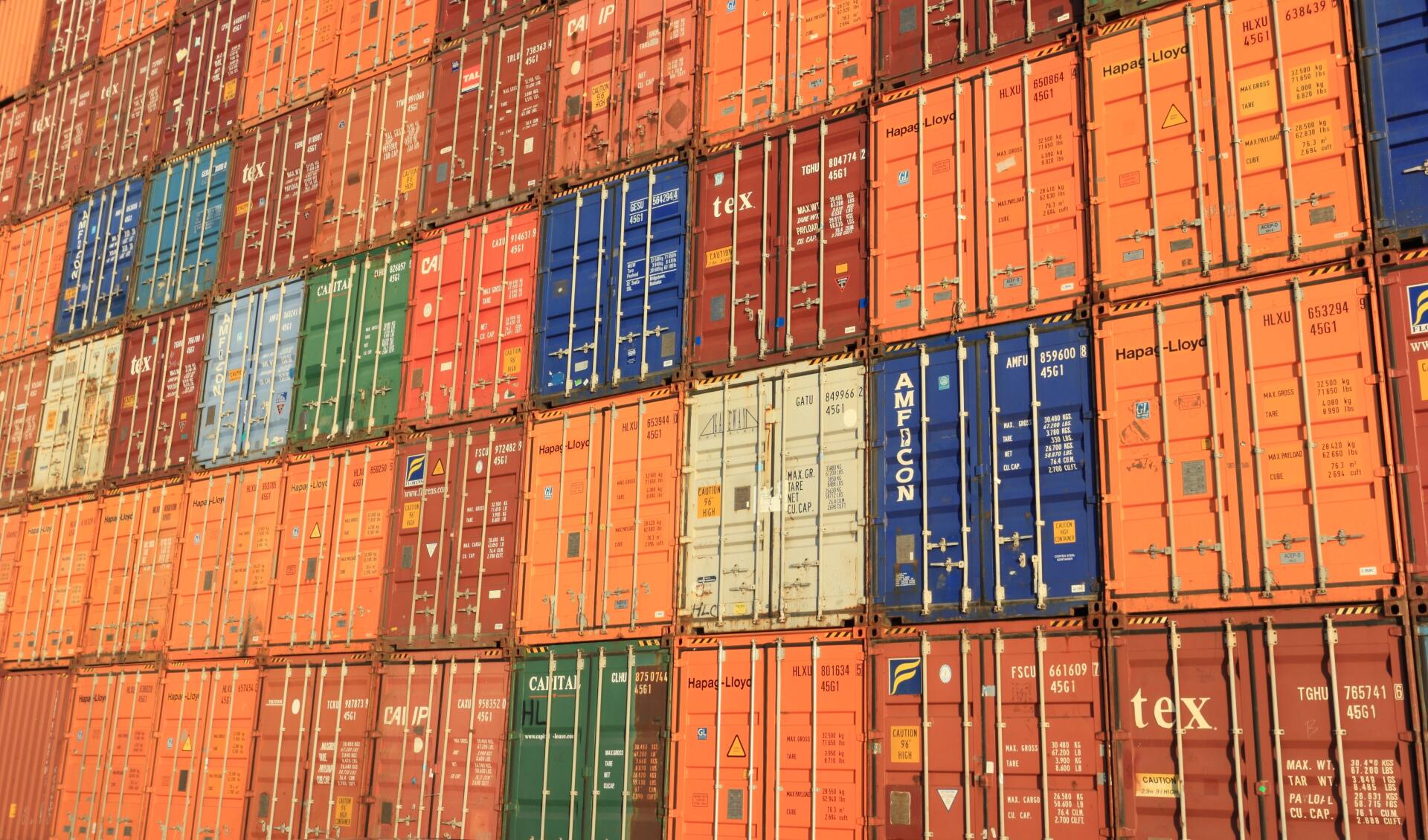What is no touch freight
Introduction: what is no touch freight?
What is no touch freight?

No touch freight is a term used in the trucking industry to describe a type of shipping where the shipper or receiver does not need to handle the freight. This can be accomplished by using a liftgate on the trailer or by having the driver unload and load the freight. No touch freight is becoming more common as companies look for ways to reduce labor costs.
What are the benefits of no touch freight?
There are many benefits of no touch freight. No touch freight is when the shipper or consignee takes on the responsibility of loading and unloading the freight. This can save a lot of time and money.
No touch freight can also help to avoid damages. When goods are loaded and unloaded by machines, there is always the potential for damage. By having the shipper or consignee take on this responsibility, they can ensure that their goods are not damaged in transit.
Another benefit of no touch freight is that it can help to speed up the delivery process. If the shipper or consignee is responsible for loading and unloading the freight, they can do so much faster than if it was done by a third party. This can help to get goods to their destination quicker and reduce overall shipping costs.
How does no touch freight work?
What is no touch freight? No touch freight is a type of shipping where the shipper does not have to handle the freight. The freight is shipped from the point of origin to the destination without any stops in between. This type of shipping is most often used for high value or time sensitive shipments.
No touch freight can save shippers money and time. Shippers can avoid costly delays and rerouting by using no touch freight. This type of shipping can also help shippers meet their customer's needs by ensuring that the shipment arrives on time and as promised.

"No touch" freight: the new normal in shipping?
What is no touch freight? In the wake of the COVID-19 pandemic, many businesses are rethinking the way they operate. One area that has seen a major shift is shipping and logistics. Many companies are now adopting "no touch" policies for their shipments, meaning that goods are loaded and unloaded without any human contact.
There are several reasons for this change. First, it reduces the risk of infection by eliminating any potential contact with contaminated surfaces. Second, it helps to protect workers by minimizing their exposure to potential health hazards. Finally, it can help to speed up the shipping process by reducing the need for manual handling of goods.
No touch freight is becoming the new normal in shipping, and it is likely here to stay. This change could have a major impact on the way businesses operate, both in the short and long term.
How Can No Touch Freight Improve Your Business?
What is no touch freight? No touch freight is a term used in the trucking industry to describe a type of freight that doesn't require the driver to do any extra work beyond what's required to pick up and deliver the load. This can include things like tarping and untarping, loading and unloading, or securing and unsecuring the load.
No touch freight can be a great option for businesses that want to improve their efficiency and bottom line. Drivers can save time by not having to handle the freight, and businesses can save money by not having to pay for extra services. There are some drawbacks to no touch freight, but overall it can be a great option for businesses that want to improve their shipping process.

What are the challenges of no touch freight?
No touch freight is when a shipper contracts with a carrier to move their product from point A to point B with no additional stops along the way. This can be a challenge for carriers because they must plan their route carefully to avoid delays. No touch freight can also be more expensive for carriers because they cannot utilize economies of scale by making multiple stops along the route.
Are there any drawbacks to no touch freight?
In the trucking industry, no touch freight is a term used to describe loads that don't require the driver to do any extra work beyond picking up and delivering the load. This can include tarping or strapping down the load, as well as loading and unloading the trailer. No touch freight can be beneficial for both drivers and carriers, as it can save time and money. However, there are some drawbacks to no touch freight that should be considered before deciding if it's right for your business.
One of the main drawbacks of no touch freight is that it can often lead to damaged or lost cargo. If a driver isn't required to tarp or strap down a load, they may not do so properly, leading to shifting during transit and possible damage.
Conclusion: What is no touch freight?
As the name suggests, no touch freight is cargo that does not require any handling during transit. This can be achieved in a number of ways, such as using specialised equipment or packaging that doesn't need to be touched.
No touch freight has a number of advantages over traditional methods of shipping cargo. Perhaps the most obvious is that it reduces the risk of damage to goods in transit. This is because there is no need for handling, which can often lead to bumps and scrapes.
Another advantage of no touch freight is that it can speed up the shipping process. This is because there is no need for loading and unloading, which can often be time-consuming. In some cases, this can lead to significant savings on shipping costs.









